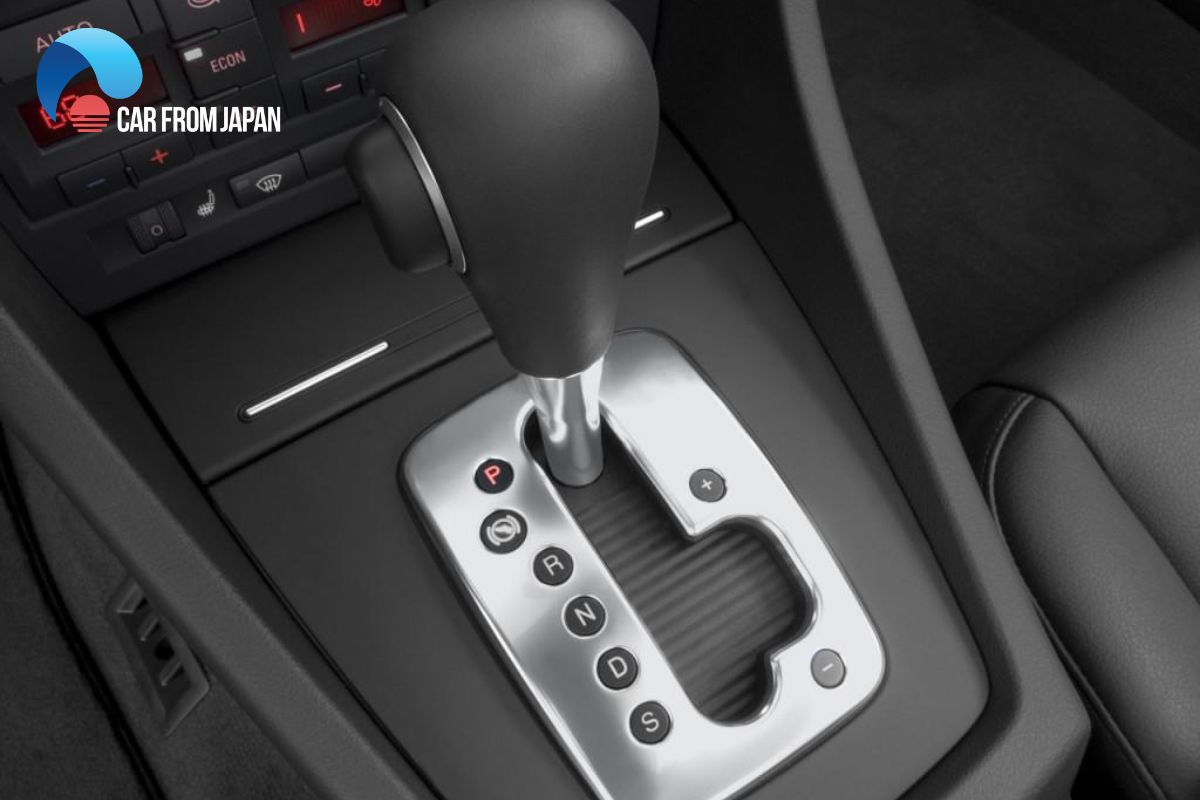So‚ you’ve turned the key‚ revved the engine‚ and shifted into drive‚ yet your car remains stubbornly still. Frustrating‚ isn’t it? You’re not alone in this predicament. This guide will take you through the labyrinth of potential reasons why your car won’t budge when you put it in drive‚ along with solutions to get you back on the road. Buckle up!
Understanding the Basics
Before diving into the nitty-gritty‚ let’s understand the basic mechanics behind a car’s transmission system; The transmission is the component that transfers power from the engine to the wheels. When you shift into drive‚ you are essentially telling your car to engage its forward motion. If it doesn’t‚ something is amiss.
Possible Reasons Your Car Won’t Move
- Transmission Fluid Issues: Low or dirty transmission fluid can cause your car to stall in gear.
- Transmission Failure: This could be a major issue‚ indicating that the transmission is failing and may need professional service.
- Brake Issues: Stuck brakes or a malfunctioning brake system can prevent your vehicle from moving.
- Electrical Problems: Faulty sensors or wiring can interfere with the transmission’s ability to engage properly.
- Gear Selector Problems: The gear shift cable may be damaged or out of alignment‚ leading to incorrect gear engagement.
- Parking Brake Engaged: Sometimes‚ it’s the simplest things that trip us up. Check if the parking brake is still on!
Step-by-Step Troubleshooting
Now that we’ve outlined potential culprits‚ let’s embark on a troubleshooting journey.
1. Check Transmission Fluid
Start by checking the transmission fluid level. Pull out the dipstick‚ wipe it clean‚ and reinsert it. If the fluid is low‚ top it up with the recommended type. If the fluid is dark or smells burnt‚ it may need replacing.
2. Inspect the Brake System
Examine the brake system. Make sure the brake pedal isn’t stuck and that the brake lights are functioning. If they’re on‚ it may indicate the system is engaged. If you hear grinding noises‚ it’s best to consult a mechanic.
3. Look for Electrical Issues
Check for any warning lights on your dashboard. If the check engine light is on‚ use an OBD-II scanner to diagnose any error codes. A simple reset might do the trick‚ but persistent issues require professional help.
4. Examine the Gear Selector
Ensure that the gear shift is moving freely. If it feels stuck‚ try jiggling it gently or checking for any obstructions. If it’s still unresponsive‚ you may need to consult a mechanic to inspect the cable linkage.
5. Confirm the Parking Brake is Released
Double-check that the parking brake is fully disengaged. Sometimes our minds play tricks‚ and the simplest solution is the one we overlook!
When to Call for Help
If you’ve gone through the troubleshooting steps and your car still won’t move‚ it’s time to call in the experts. Don’t risk further damage to your vehicle. A qualified mechanic can diagnose transmission issues more accurately and recommend appropriate repairs.
Preventive Measures
Once you get your car moving again‚ consider these preventive measures to avoid future issues:
- Regularly check transmission fluid levels and quality.
- Schedule routine brake inspections.
- Pay attention to your car’s performance and address warning lights promptly.
- Maintain a clean and dry environment for your vehicle to prevent rust and corrosion.
Encountering a situation where your car won’t move when put in drive can be daunting. However‚ with a clear understanding of the potential issues and a systematic approach to troubleshooting‚ you can often identify the problem quickly. Remember‚ your vehicle is a complex machine‚ and sometimes it just needs a little TLC—or a professional touch. Drive safely and may your journeys be smooth and uninterrupted!

